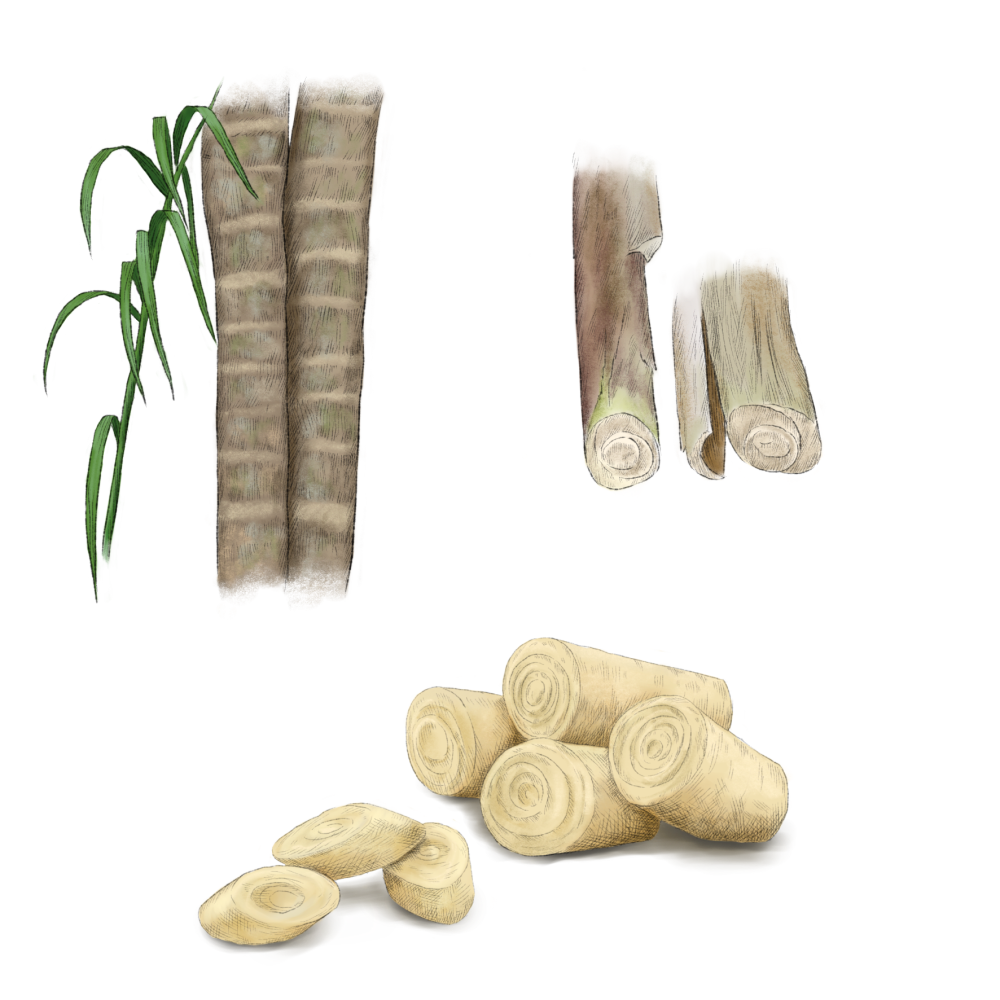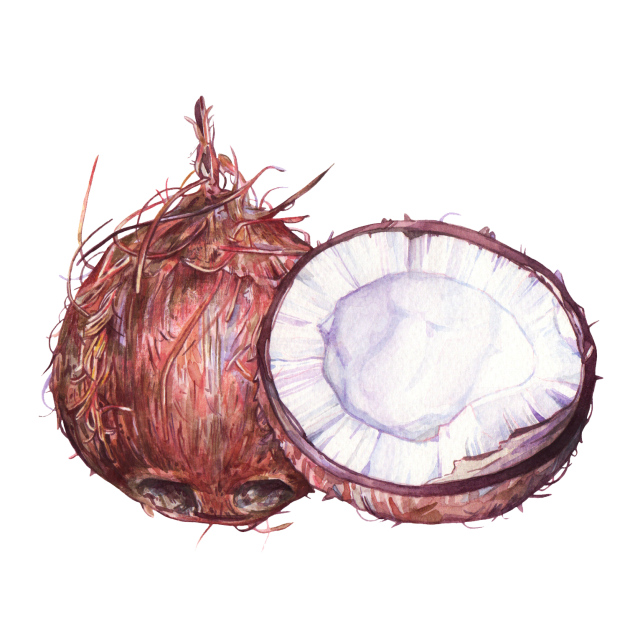Palm Heart

Latin Name: Bactris gasipaes (several other genera wild harvested)
Other Names: swamp cabbage
Uses: vegetable
What are hearts of palm?
Hearts of palm are the central core harvested from any of the dozens of palm tree species throughout the tropics — coconut, açai, sago, and palmetto palms chief among them. But the peach palm is the primary domesticated species in cultivation, and the one used for commercially produced hearts of palm.
Why are hearts of palm healthy?
Palm hearts contain all nine of the essential amino acids, making them a great source of protein. They’re also high in fiber, vitamins C, B2, B3, and B6, as well as calcium, iron, potassium, and zinc. Since they’re most often sold in cans, be aware that hearts of palm may have significant added salt. Rinse them well before using.
What do hearts of palm taste like?
Hearts of palm taste like other vegetable foods that never see the sun: sort of a cross between white asparagus and artichoke hearts, with a little of the earthy sweetness of water chestnuts. They have a tender texture that’s somehow both creamy and crunchy at the same time, and is sometimes compared to seafood.
How do I prepare hearts of palm?
You can use hearts of palm raw in salads, which is their best-known use. It’s most associated with midcentury dinner parties, but hearts of palm actually dates back centuries. You can also use the texture to your advantage and shred palm hearts as a fibrous stand-in for chicken or pulled pork (similar to jackfruit). They’re wonderful sliced into rounds and treated like a scallop, or shredded into noodles.
What do hearts of palm pair well with?
Use them with flavors that complement their tropical origins: lime, makrut lime leaf, and sour orange; garlic, shallots, and scallions; avocados, pineapple, and mango. Their grassiness plays as well with coconut-creamy green curry as it does a buttery, lemony hollandaise sauce.
Where do hearts of palm grow?
Pretty much all palms grow along sandy shorelines in tropical or subtropical climates. Hearts of palm are harvested from cultivated and wild species throughout South and Southeast Asia, Central and South America, as well as subtropical Africa. Some previously wild-harvested South American species are in decline due to overharvest. Most hearts of palms available in the United States come from Costa Rica.
How to buy hearts of palm:
They’re typically sold in cans or jars with brine, but you can sometimes find them frozen or in fresh vacuum packs — just check the freshness date.
Fun hearts of palm fact:
Florida’s sabal palm (Sabal palmetto), also known as cabbage palm (and where the “swamp cabbage” nickname originated), was once wantonly harvested as source of hearts of palm. It was designated the official state tree of Florida in 1953 and it’s no longer legal to use it as a commercial source of hearts of palm.




